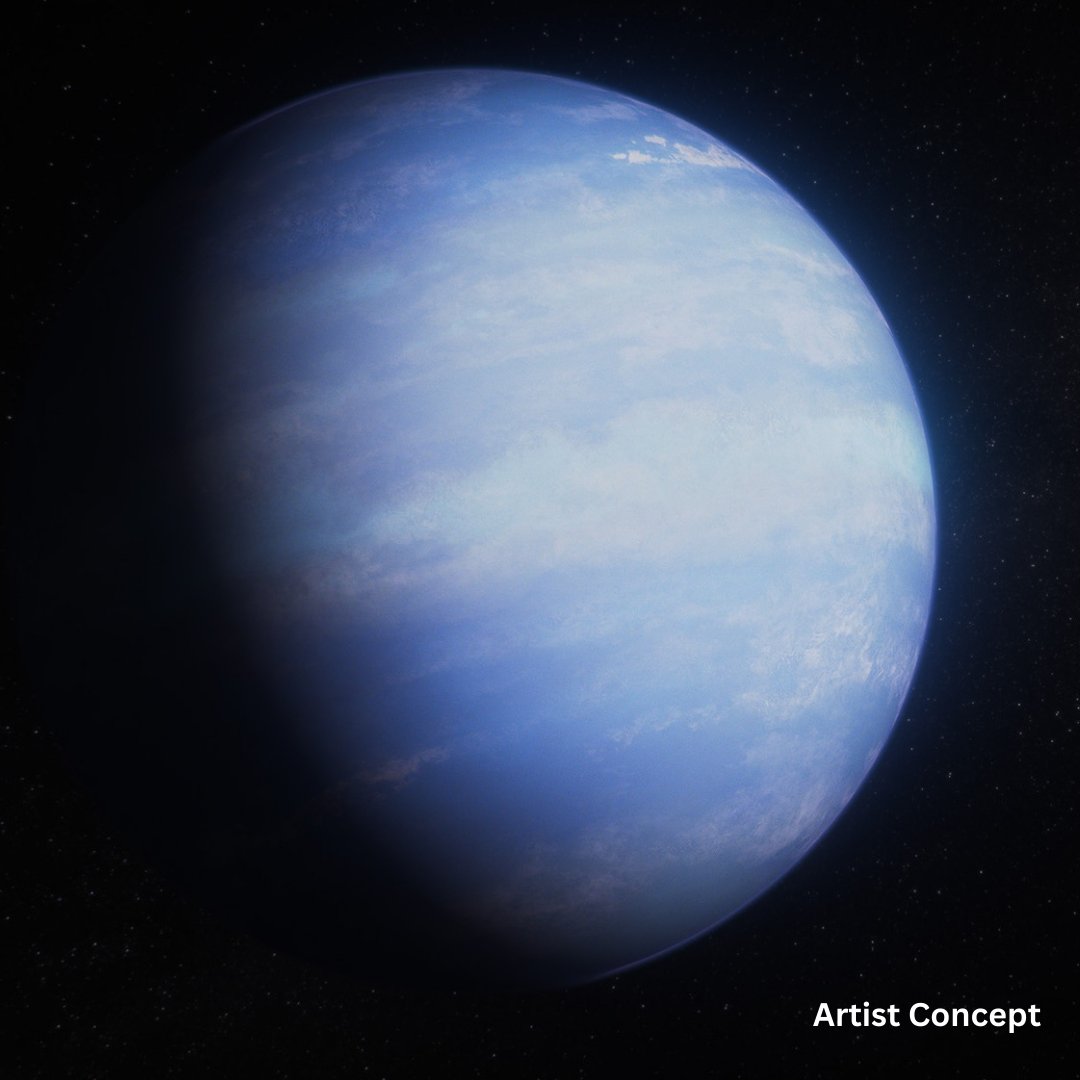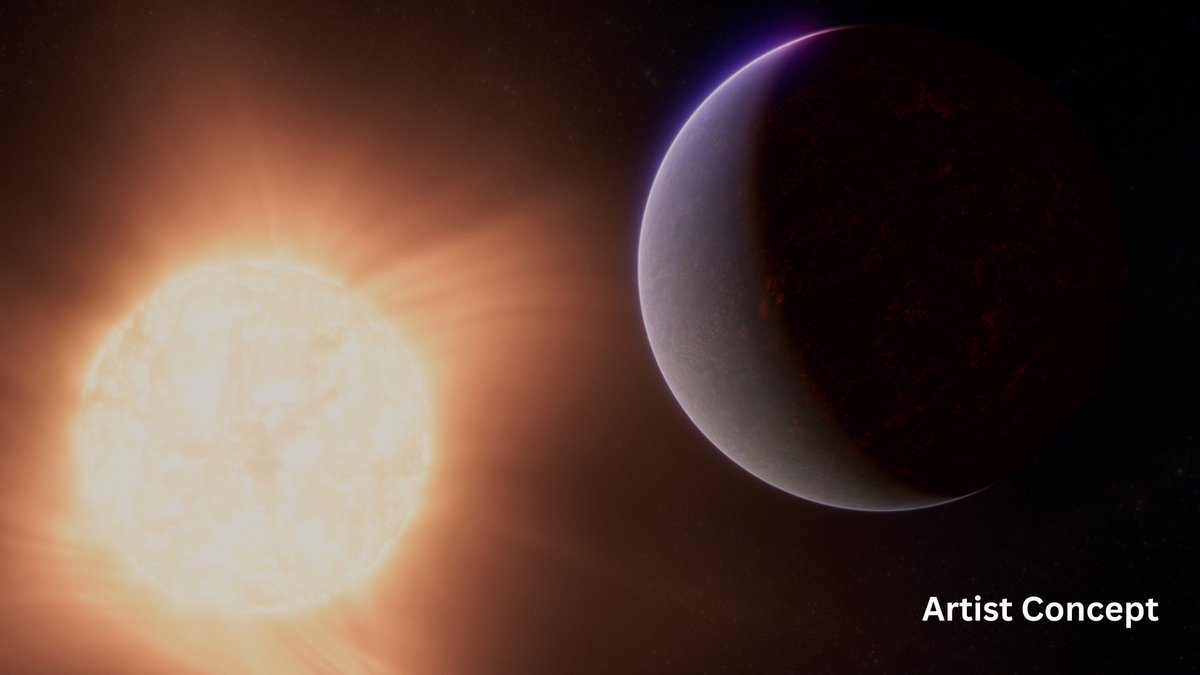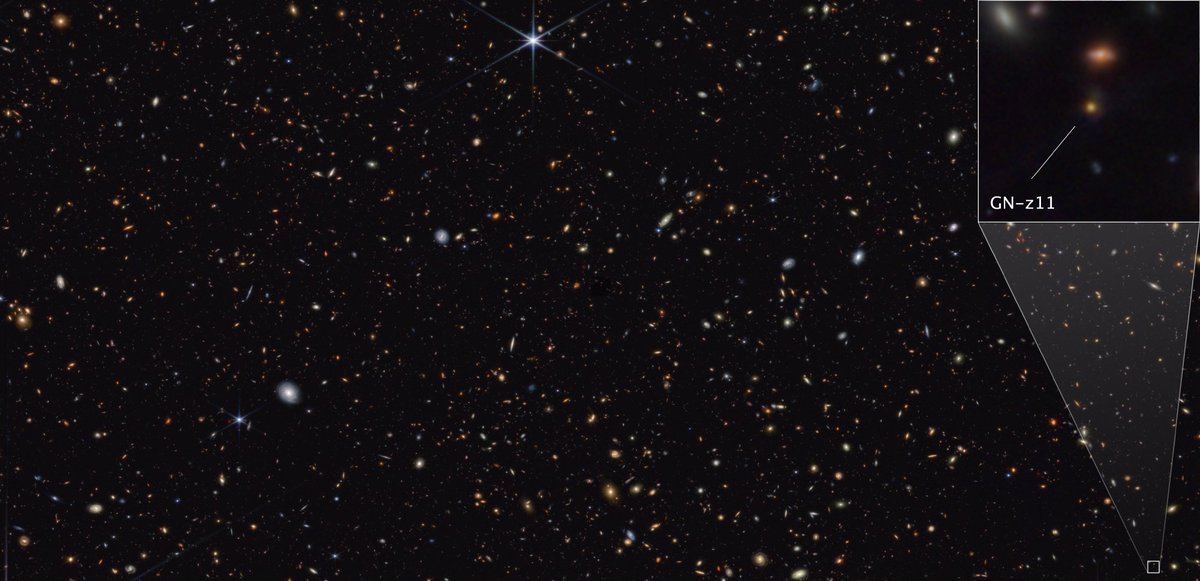Tomorrow is #WorldEmojiDay! We’d like you to guess some Webb-themed emojis and tell us what they are in the comments below ⬇️ We'll reveal the answers soon! 

1. The first answer is “Webb telescope”! That’s us — the largest and most powerful space observatory ever built. Webb will look back to about 13.6 billion years ago, observing the first stars, galaxies and more. Latest milestones: go.nasa.gov/3ihiquc 

2. It’s “sunshield”! The sunshield is a 5-layer, tennis court-sized structure that will always protect Webb's sensitive mirrors & instruments from the heat/light of the Sun, Earth and Moon. More: jwst.nasa.gov/content/observ… 

3. This one is “exoplanet.” Webb will be able to study exoplanet atmospheres by breaking down light to learn more about the gases present. More: go.nasa.gov/2v3pupB 

4. Yep, it’s “black hole”! Webb’s infrared vision will be able to pierce through the dust surrounding the cores of galaxies, shedding light on the mysteries of supermassive black holes: go.nasa.gov/3m1mnoe 

5. The answer is the main “asteroid belt” — a huge cluster of asteroids between Mars and Jupiter. Webb will examine the composition of multiple asteroids within the belt to learn more about the history of our Solar System: go.nasa.gov/3rdPGH1 

6. It’s “spacecraft bus,” one of Webb’s major components. This structure handles things such as steering the observatory, sending & receiving data from Earth, and converting sunlight into power: go.nasa.gov/3hMtYqx 

7. If you answered “redshift," you are right! Cosmological redshift refers to how light stretches into longer, "redder" wavelengths as the universe expands. Download this infographic: bit.ly/3hM1xZS 

8. It’s “spectrograph”/spectrometer! Webb has multiple spectrographs, which are used to disperse light from an object into a spectrum. Analyzing the spectrum of an object can then tell us about its properties, such as the composition of an exoplanet’s atmosphere. 

Thanks for playing along! We hope you had fun ☺️
How many of these emoji puzzles did you guess right?
How many of these emoji puzzles did you guess right?
• • •
Missing some Tweet in this thread? You can try to
force a refresh













